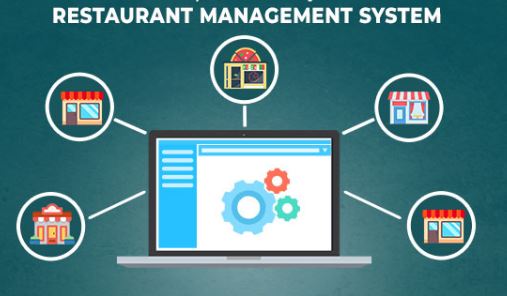Develop A Restaurant Management System (2012)
The objective of this project is to build an electronic restaurant management system using all of the skills and techniques from the field ensuring that no common development mistakes are reproduced. Project management is critical to all software engineering projects and keeping to a project plan will be of similar importance. One of the main objectives of any business is to maximize profit by increasing efficiency and decreasing overheads without compromising customer satisfaction.
Currently, many restaurants use a paper-based system to communicate between the restaurant and kitchen which can be shown to be one of the least efficient approaches. Even though this approach is implemented in successful profitable restaurants, there are several problems which could be seen as reducing the restaurant’s efficiency:
- Miscommunication caused by handwriting
- Unmanageable order logging
- Inefficient restaurant-kitchen communication
- Difficult order tracking and time management
- Difficult stock management
- Limited statistical output
By introducing an electronic restaurant management system these problems can be avoided or improved leading to an increase in profits.
- 12,000 words – 80 pages in length
- Excellent in depth analysis
- Excellent understanding of Database techniques
- Well written throughout
- Ideal for IT and business students
1 – Introduction
The Problem
Project Objective
Existing Solutions
Project Proposal
Summary of Chapters
Commonly Used Words
Closing Remarks
2 – Background
Point-of-Sale (POS) Systems
Existing Point-of-Sale (POS) Systems
Platform Choice
Software Choice
UML
Requirement Gathering
Development Methodology
3 – Requirement Analysis
Stakeholder Identification
Use Cases
Features
Measurable Goals and Requirements
Functional Requirements
Non-Functional Requirements
4 – Design
Component Diagram
Data Storage
Relational Database Management System (RDBMS)
Extensible Markup Language (XML)
Storage Method Chosen
Normalisation
Entity Relationship Diagram
Database Design Concepts
Graphical User Interface
Order GUI
Kitchen GUI
Management GUI
Pricing Algorithm
Flow Charts
5 – Implementation
Implementing Extreme Programming (XP)
Data Storage and Retrieval
Stock Control
GUI Implementation
Order GUI
Kitchen GUI
Management GUI
Pricing Algorithm
Code Documentation
Version Control
Error Logging
6 – Results
Management Application
Data Entry
Stock Management
Offer Entry
System Settings
Statistics
Order Application
Kitchen Application
7 – Testing
Testing Techniques
Unit Testing
User Acceptance Testing
Usability Testing and Usability Inspection
Testing Analysis
8 – Conclusion
Project Overview
Further Development
Graphical User Interface (GUI)
Table Management
Cooking Instructions
Online Management
Reflection
Skills Attained
Bibliography
Appendix Section

